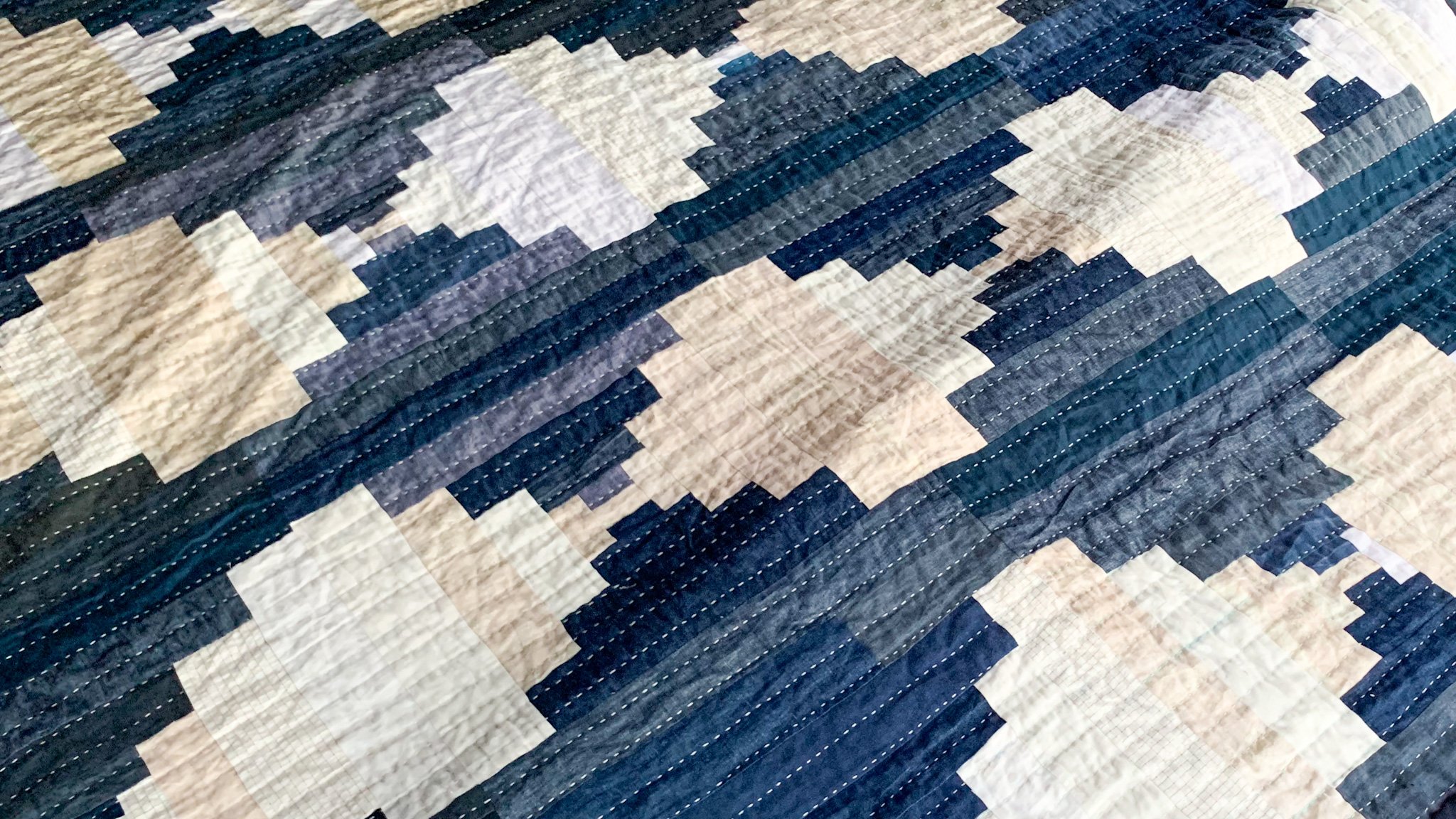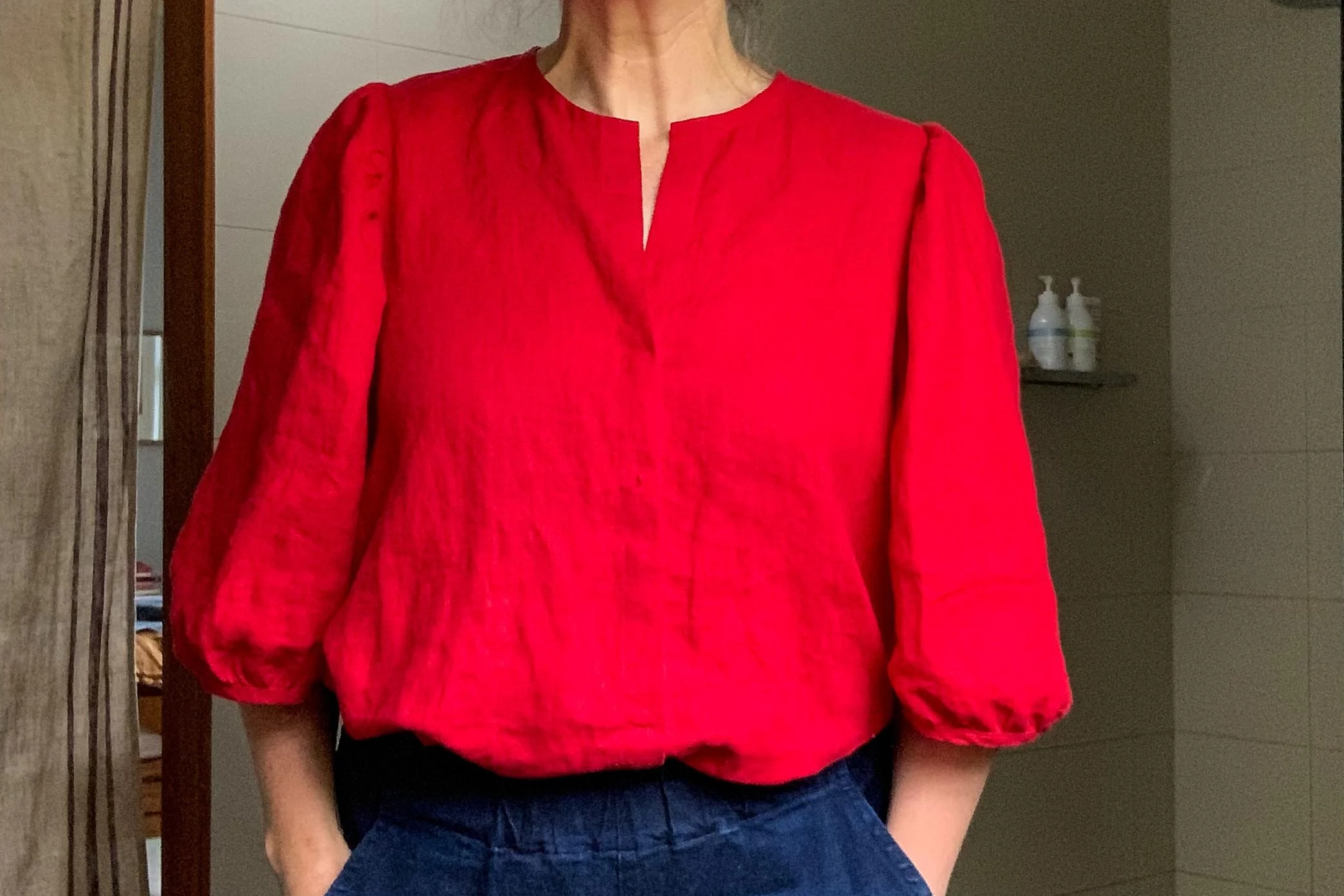I wrote this a couple of weeks ago now but I thought it was still relevant so I would post anyway.
I'm in NYC. And some lovely women I know just invited me to the garment district to do some fabric shopping. And a crazy thing just happened - I said thanks, but no thanks.
I know! How shocking - we are talking about fabric shopping in NY. An opportunity that is few and far between.
But it's really feeling good. Not because I don't want to go. I do. I wish I could. But I can't.
It turns out, that like a puppy, Stash Less is probably for life*!
I know that one of the worst things that I can do in terms of not buying-more-stuff-for-the-sake-of-buying-more-stuff is not to shop. I did let myself go to Purl Soho but I went with intention. I went to specifically look and feel their new yarns. I wanted to try their Worsted Twist and their Flax Down - I knew my specific purchases before I walked in the door. But even with that well-thought-out intention in place, I almost left with other stuff. The impulse purchase "oh but I really want to make that at some stage and wouldn't it be lovely to have it now" feeling was really strong. But I stopped, thought, and I put the things back.
In the end I purchased two skeins of yarn, an addi needle I needed and a present for my kids of some knotting cord. And that was it!
There is the little bit inside me that still thinks it would be crazy not to go and look at the garment district. I make a lot of clothes and having fabric on hand is a bit part of my ability to do that. The old "but your in NY" excuse. But that is just what it is. An excuse. And I don't want to live like that. I know I'm being repetitive - but it is for me more than you - because really I have enough.
I want to be responsible and aware and conscious of the choices I'm making and the behaviours I'm engaging in. I want to walk my talk.
I still have a way to go**. But I know I won't get there by heading to the garment district.
Felicia
* More on that soon.
**For example I know little to nothing about the manufacture of many of the fabrics I purchase. And I may have done a little too much purchasing at the Squam fair - but more on that next week.
























































